Put an RPG in a school setting, and you’ll likely get lots of exasperated eye rolls from fans. Anime School often brings with it lots of well-used tropes. That’s why Fire Emblem: Three Houses surprised and concerned many when it came out the game was partially set in a school.
Competing factions? Check. Shy mage girls and brash, would-be Casanovas? Check. In fact, “check” for everything you might expect out of a school-based RPG.
Add a Persona-style calendar and stat-raising system with some distinct plot elements reminiscent of Nihon Falcom’s Trails of Cold Steel, and you have a game that seems mostly derivative on paper.
Fortunately, the difference between theory and reality is made plain from the moment you boot up Three Houses. This Fire Emblem skillfully balances innovation with established mechanics to create the most immersive and finely crafted game in the franchise.
The Bonds You Form
Three Houses presents what’s easily the most sophisticated — and coherent — Fire Emblem story, and it does so in ways subtly different from the series’ usual storytelling methods. Note that some minor story spoilers from the opening segments follow.
It’s no secret that churches and organized religion are frequent targets in JRPGs. Three Houses isn’t different in this regard, but it doesn’t expect you to be surprised by that fact. You’re actually shown the Church of Seiros’ dark side in the game’s opening movie sequence.
By chapter five, which is still quite early in the game, you and your students are in no doubt about the Church’s morally ambiguous nature and tendency towards authoritarianism.
What makes the plot especially strong is how all this isn’t necessarily the primary emphasis. How each character reacts to what they learn, how they take part in or are affected by the political machinations around them — that’s what makes Three Houses‘ narrative compelling.
It doesn’t fade as the game progresses either. Despite some intentionally predictable developments, there are still plenty of surprises, many of which relate to how you’re forced to interact with the students you once considered friends once the real war starts.
This setup and heavier focus on characters and character development is a definite boon for the game. That’s because Fire Emblem has always been about its characters, even before Intelligent Systems turned them into breeding machines with Awakening.
As we initially predicted after the first gameplay reveal, the school setting is a natural way for the game to emphasize this strength. You don’t really have a choice: you’re going to become invested in your students.
You help them grow and achieve their goals, you learn their troubled backstories, you come to understand their hopes and dreams, and you spend your rare free time with them.
After the time skip and each House splits, all this time and effort means it’s almost like facing off against your own kids during battle (if your kids were fictitious and lived in a fantasy world, that is).
Support conversations are more important than ever thanks to this setup, especially since these are where you interact with students one-on-one and see how they relate to their classmates.
What’s even more interesting this time around is that support conversations often have some plot significance, with the conversations between House leaders and their second-in-command proving most useful in foreshadowing how that House’s path will play out.
Wanting to see how each House’s path plays out means Three Houses has tons of replay value as well. Plus, that desire bears witness to the story’s strength on the whole. Even after dozens of hours finishing one path, you’ll want to jump right back in to pick another path.
Tangled Threads
It’s not all about the characters, though; there’s still a strong plot independent of them. Even with the many changes to the series, the usual Fire Emblem content is still here: characters who go bad, surprise-not-surprise revelations about an important character’s lineage, lots of political intrigue and the like. As fantasy food goes, it’s all satisfying stuff.
However, Three Houses‘ political issues seem more deeply rooted in political history, with a splash of literature thrown in for good measure. (Bonus points for anyone who gets the house name references to King Lear in the Golden Deer path.)
No longer does King X invading Country Y to fulfill evil, arcane Mission Z make up most of the world-building. It’s there, but there’s much more as well.
Clashes between democratic ideals and monarchy, burgeoning nations and the established hegemony, are as old as civilization. These different themes are common throughout medieval European history, and the tangled motives and conflicting paths are a refreshing take on Fire Emblem‘s usually more one dimensional narratives.
All of this is wrapped up in the Church of Seiros’ dark secrets and the forces that move against it, not all of which work together.
Whether you’re versed in politics and history or not, it’s easy to appreciate the detail Three Houses lavishes on its world and nations, not to mention the nuanced treatment given to the story.
Welcome to Your New Life
Fire Emblem games usually introduce something new in each entry, but the changes tend to be conservative. Some new class paths here, an overworld map there, skirmishes, removing weapon durability, and other similar changes have all featured in each successive Fire Emblem game in the West since 2003.
In comparison, Three Houses is like a quiet revolution. Not only does it do away with the weapon triangle, a series staple, but it introduces a host of new mechanics, expands existing ones, and does all this in a way that feels completely natural for the series and genre. It’s a perfect setup for longtime fans and series newcomers alike.
Teacher’s Pet
The most noticeable changes come first thing when you’re recruited as a professor and have to choose a House.
The branching storyline mechanic isn’t new, though it’s certainly perfected far beyond what it was in Fire Emblem Fates, thanks to more meaningful changes in the plot.
But the big change here is, of course, being a professor, which in Three Houses means choosing in what your units will excel and what they will prioritize.
Being responsible for teaching your students introduces an almost intimidating level of customization and lets you make any unit whatever you want it to be. Unlike earlier games, the only restrictions on classes are skill levels and, for some, gender. Want to see what happens when Marianne the weak mage focuses all her might on her Brawling skills? Go for it.
That being said, each character has innate strengths and weaknesses, and some of them act like guides for how you could chart their growth paths. You can ignore them if you want, tweak them a bit, or just forego the customization element completely and let them train themselves.
Letting you choose to engage in the new mechanics or not is a smart move. Sure, auto-instruct might not grant the same level of investment in your students, but some people just want a traditional Fire Emblem game and that’s fine, too.
Those who do engage in the new features are in for a treat. Once you get the hang of goal setting and choosing which skills to promote with each activity, the teaching turns into an incredibly satisfying loop that also helps determine how you spend your time in the other big, non-combat change: the monastery.
It’s a huge area that functions like an overworld, with plenty of places to explore — so many that you’re still unlocking new areas several chapters into the game.
You have a set number of Activity Points to spend during exploration and a wide range of things to do. You can choose to engage in tournaments, complete activities with students to raise support points, fish, garden, host tea parties, complete side quests, return lost items, answer notes left in the cathedral — there’s a staggering amount of activities you can pursue outside of combat and instruction.
Taking breaks from combat to explore and focus on bonds helps keep from getting into the strategy game slog, where consecutive maps easily lead to game burnout.
On the Battlefield
Then there’s the combat, one of the most important parts of any strategy game. It’s largely unchanged except for a few key areas.
The first is battalions, groups of soldiers or mercenaries you can hire for each character, should you have the funds and requisite Authority ranking.
Battalions offer a variety of advantages, from stat boosts to special Gambit skills. Gambits are powerful attacks often involving more than one character, and they can have several different effects.
The most common one early in the game is Onslaught, which can prevent a counterattack, push an enemy back, and seal its movement for the next turn. Others like White Magic Resonance magnify healing magic and spread it over multiple tiles. Your enemies get battalions too and make good use of them.
These Gambits aren’t all-powerful skills, though, and your battalions eventually wear down. However, replenishing them is easy and inexpensive, so while it’s not a good idea to blow through your battalion right away, the game certainly encourages you to use them frequently.
Another minor but important change is with skills. Each skill set gets a variety of passive and combat skills, and good use of combat skills can turn the tide of a difficult battle — at a cost. Weapon durability is back, and combat skills wear weapons down at a faster rate than normal combat.
Magic is tied to the Reason and Faith skills this time. That means you don’t have to buy tomes and staves, but you do need to invest a lot in Reason and Faith to make mages useful.
Though these changes are minor, they all combine to make Three Houses the most streamlined and engaging game in the series so far, with plenty of options to keep combat fresh.
Finally, we come to map variety. Three Houses continues the theme Echoes: Shadows of Valentia started by exchanging complex and exotic maps with open spaces, simple terrain, and multiple paths in a given map.
Some fans prefer the diverse map design from Fire Emblem Fates: Conquest, with challenging gimmicks and layouts that hinder as much as they assist.
However, there’s something to be said for the simpler variety. The lack of features means you have to focus more on strategic unit placement, taking advantage of what terrain there is and deciding whether to split your army up or press forward as one. It ends up fitting very well with the game’s greater emphasis on training and wisely choosing skills too, so even if it isn’t as flashy as other games, it works perfectly in the context of Three Houses.
New Horizons
Speaking of looks, Three Houses is easily the best looking Fire Emblem game to date. Colors are deep and rich, and the various areas of the monastery offer their own visual treat, from the sun shining on the flagstones to the warm hues of the cathedral.
Character models move much more fluidly than in previous games, even if they don’t have too many movements outside of combat. They do have feet, though, which is important for anyone who’s played Awakening.
As with more recent entries, scenes are told via both gorgeous 2D portrait art and 3D models, though the Switch’s hardware naturally makes Three Houses‘ story sequences look and play the best of them all. There are more lovely looking anime-style cutscenes as well, helping punctuate important moments with that extra bit of visual impact.
Unfortunately, it seems like Three Houses might have been a bit too ambitious for the hardware in a few areas. There’s frequent slowdown when moving about the monastery, and while it doesn’t really affect the game’s flow, it is noticeable. There’s also evident screen tearing in the Entrance Hall and some of the monastery’s corridors while in handheld mode. Again, it doesn’t detract from the game, but it’s easy to see.
Three Houses is an audio treat as well. The soundtrack features various remixes of the main theme, but they’re all suited perfectly to whatever situation in which they play, from the quiet melodies of exploration to the truncated, percussion-heavy sounds of combat.
More important is the voice acting, which is stellar and much more extensive than the grunts of past games. Every line of dialogue, even NPC and random Seiros guard dialogue, is voiced, and fortunately, it’s all high-quality work.
Each actor manages to capture the emotion behind their lines, and like all good acting, it makes the experience even more immersive than if it were just text. This writer didn’t use the Japanese voice track, so he can’t really comment on it, but that’s a testament to the English track’s quality; never was the temptation there to switch tracks or shut it off, even on the odd occasion when voiced dialogue and script didn’t match completely
—
Pros:
- Expansive story, with plenty of replay value
- Meaningful player choices
- Immersive character customization and development
- Consistently engaging and high-stakes plot
- Impressive coherence between all aspects of the game
Cons:
- Map design may be too simple for some
- A few technical problems
Fire Emblem: Three Houses has enough to keep the strategy faithful happy while still being accessible for newcomers, making it a very versatile game indeed. It builds on the traditional Fire Emblem formula, introducing a number of improvements that build naturally on the series’ biggest strengths. Combat is smooth and deep, the story is impressively detailed, and there are countless ways to spend your time in the game.
It all blends seamlessly together to create a satisfyingly immersive experience that lasts throughout the game and well into several extra playthroughs.
[Note: A copy of Fire Emblem: Three Houses was provided by Nintendo for the purpose of this review.]

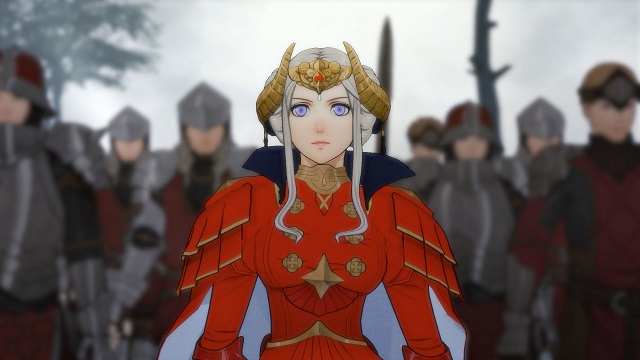
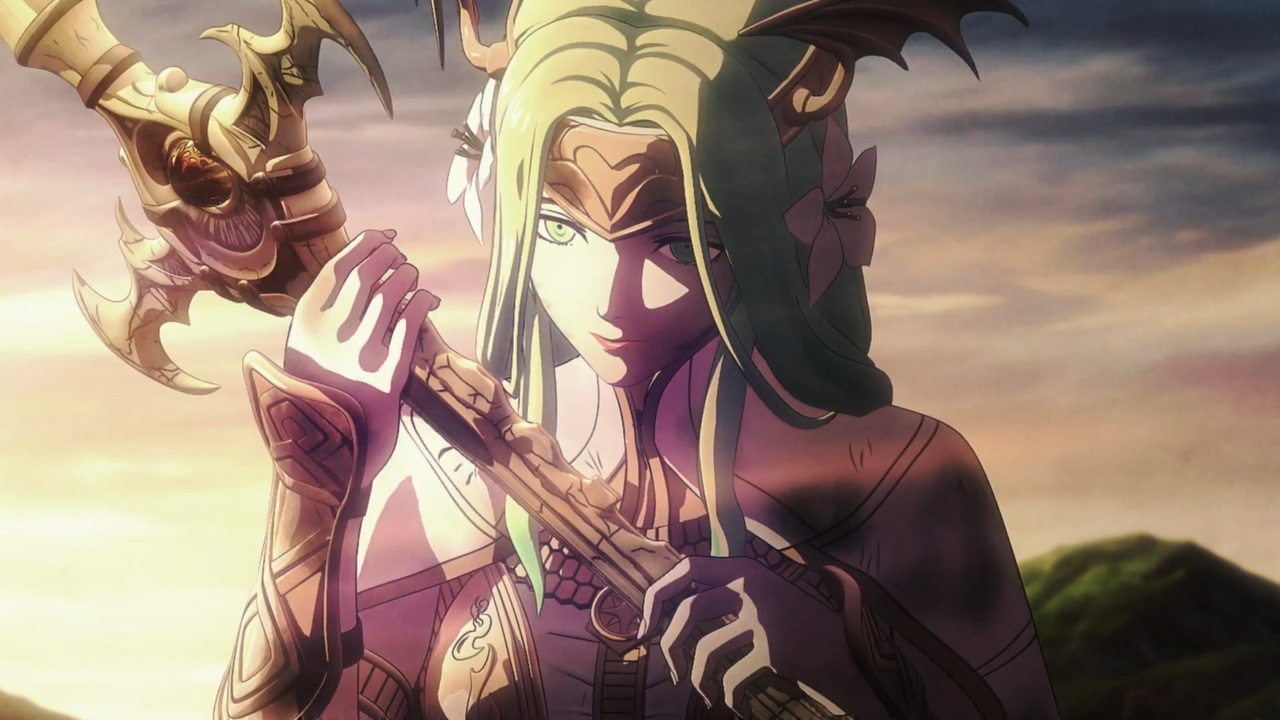
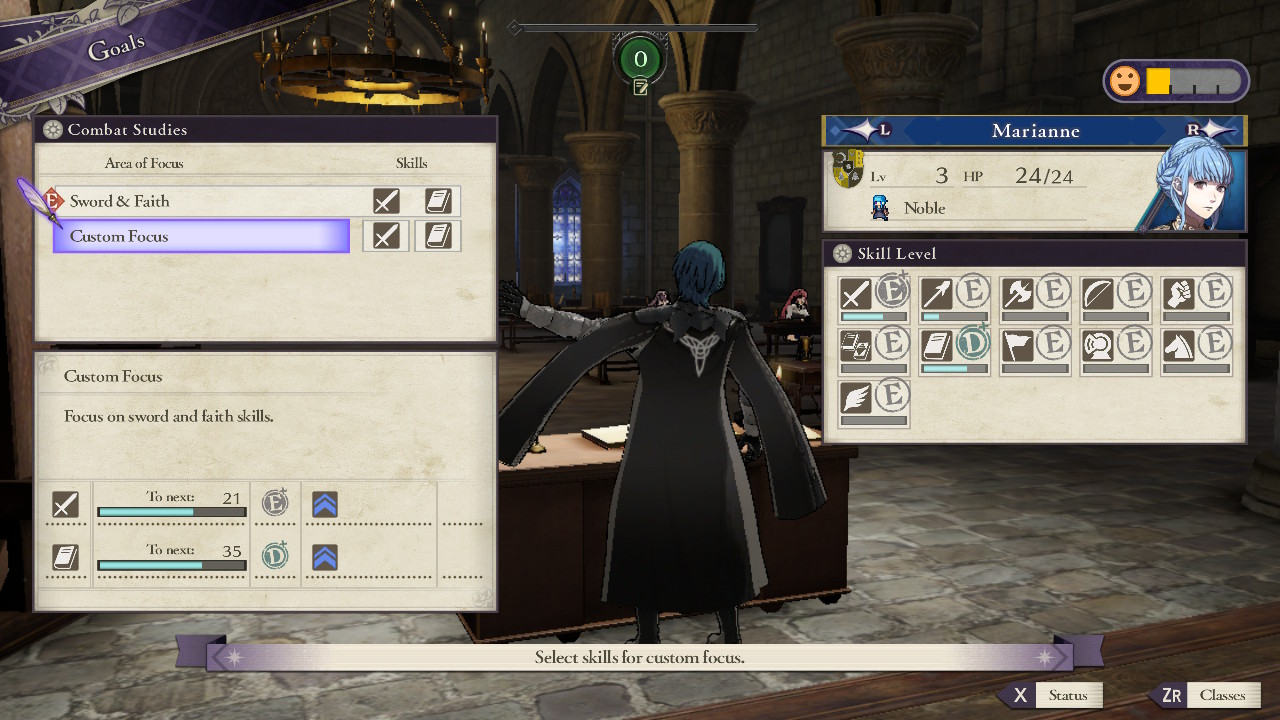
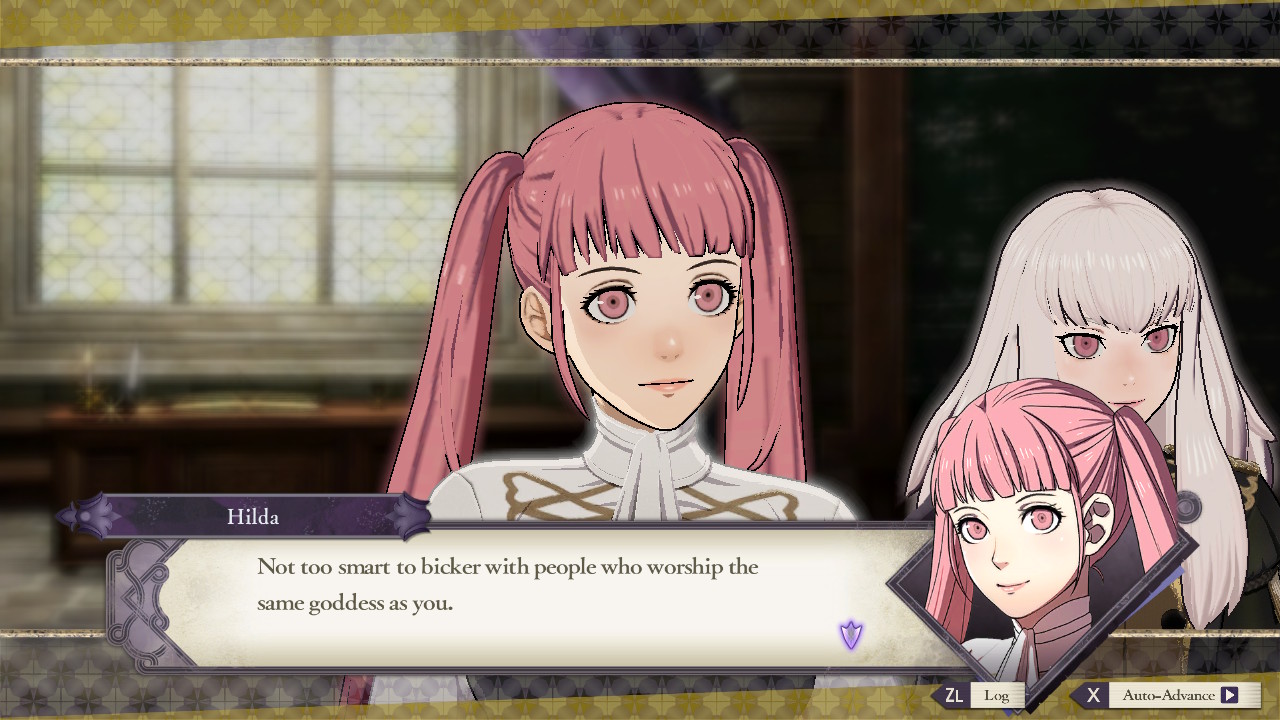
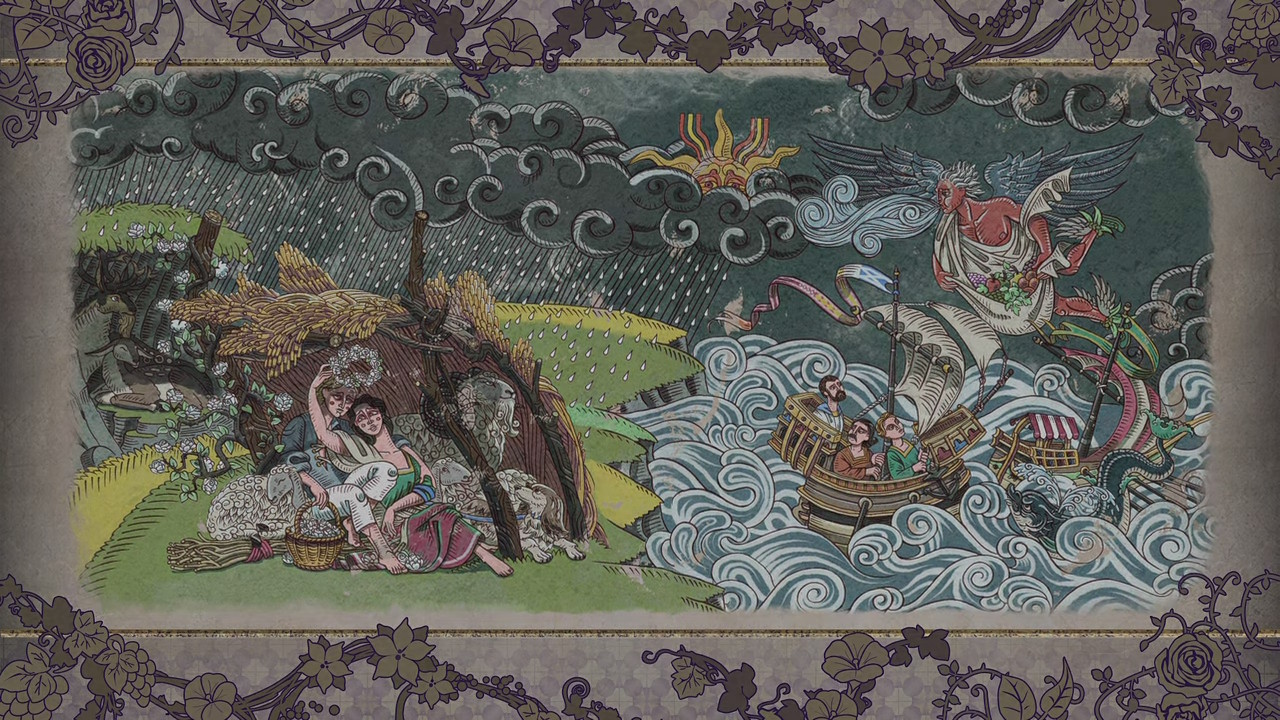
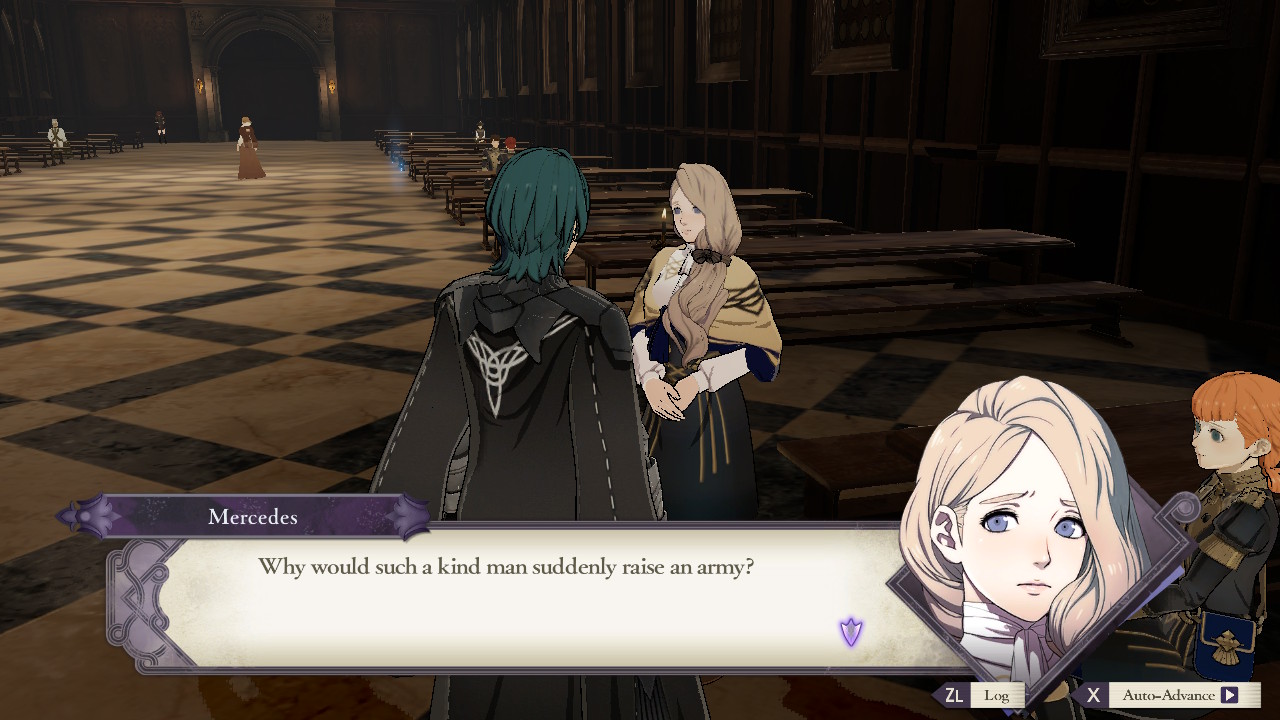
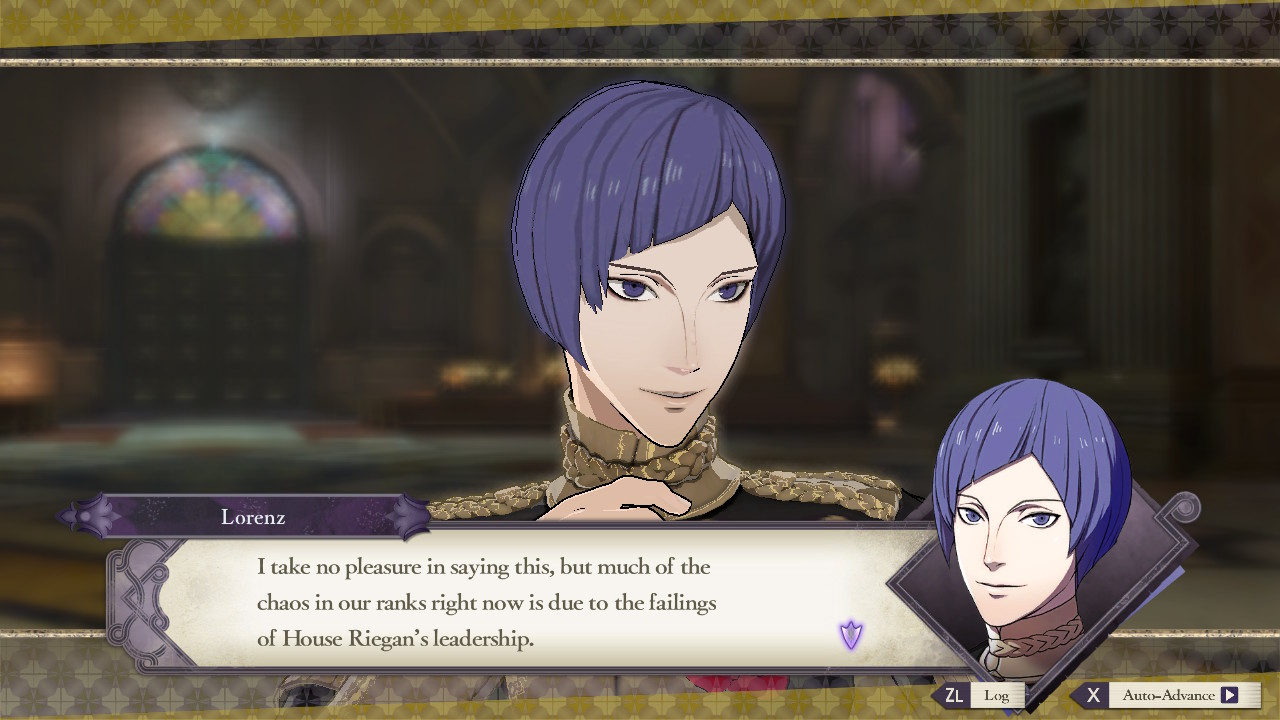
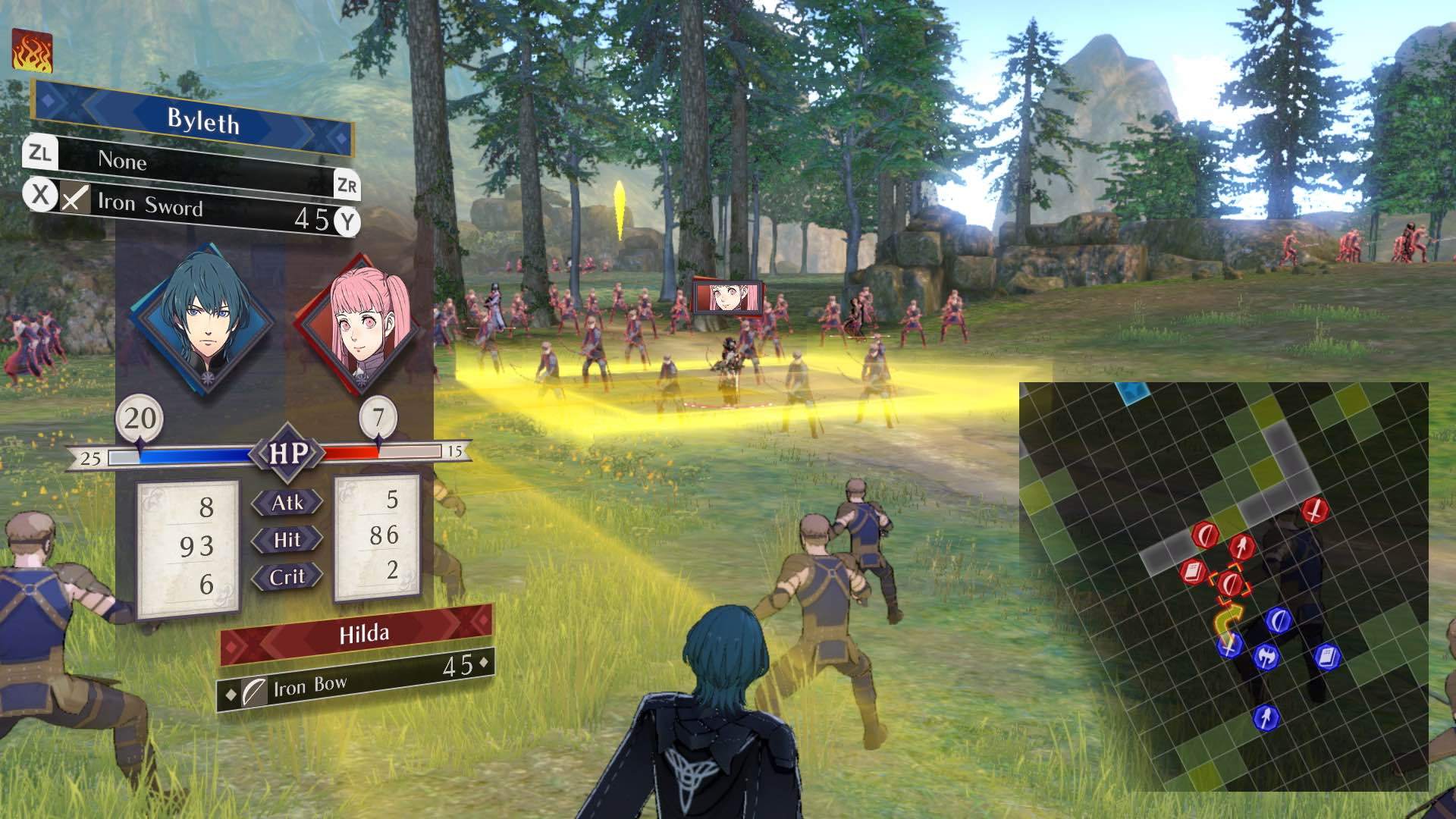
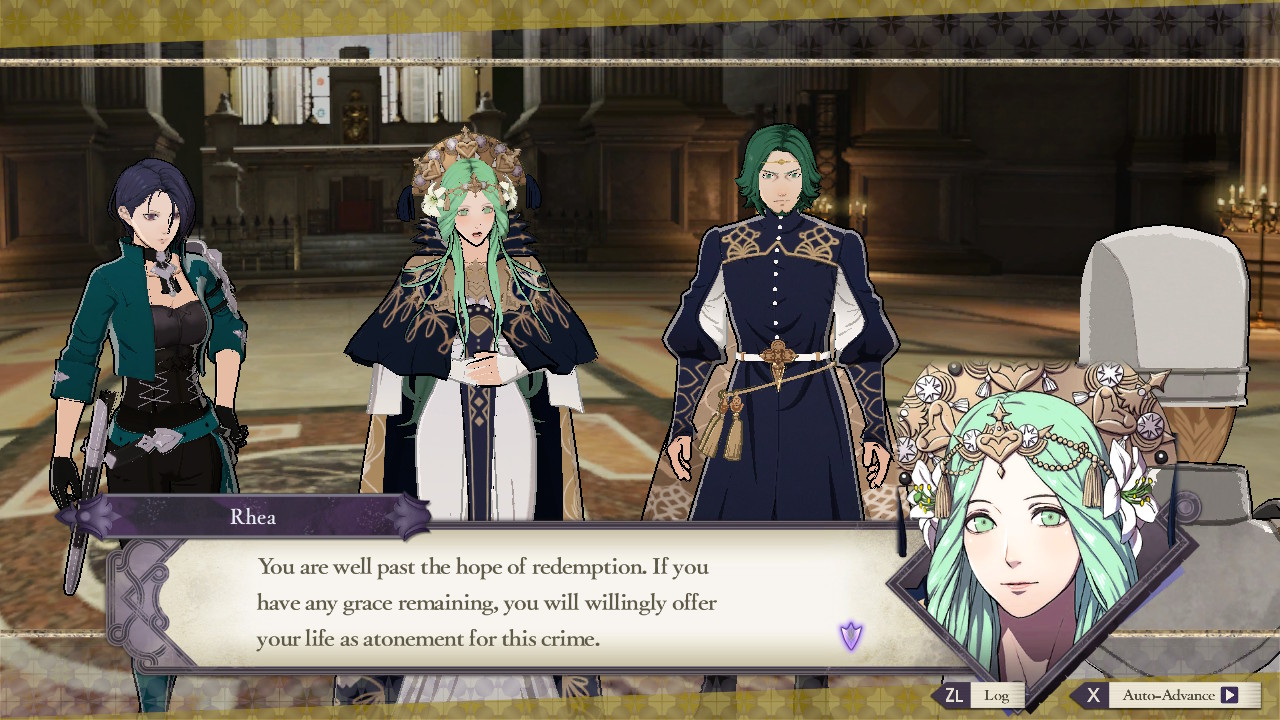








Published: Jul 31, 2019 03:46 pm